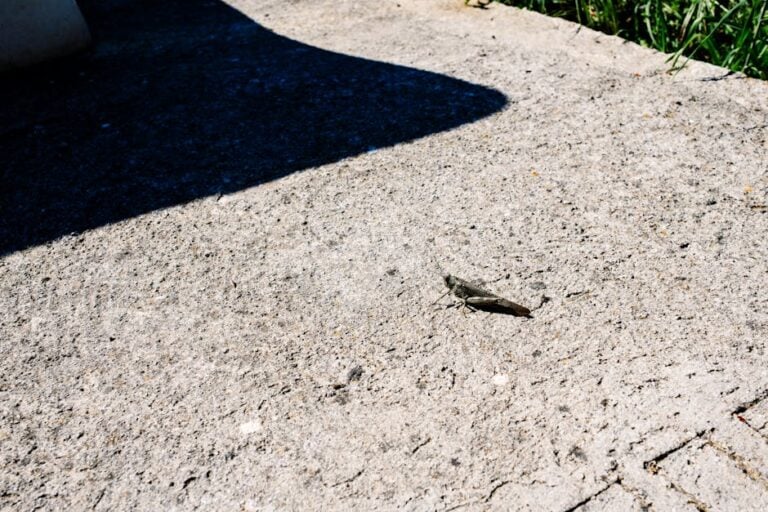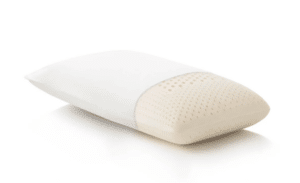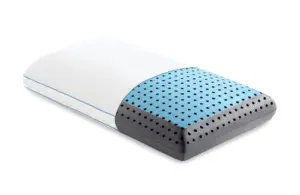What is Cricket Feet? Exploring the Meaning and Benefits of this Unique Self-Soothing Technique
Understanding Cricket Feet: A Self-Soothing Sleep Aid
Cricket feet refers to the repetitive action of rubbing one’s feet together, a behavior often utilized for self-soothing, particularly in times of anxiety or overstimulation. This instinctive motion is commonly observed among individuals, especially those with neurodivergent conditions such as autism and ADHD. Engaging in cricket feet can trigger the release of comforting neurotransmitters like oxytocin and endorphins, fostering a sense of calm and well-being.
The Benefits of Cricket Feet
Cricket feet is not just an eccentric habit; it serves several important functions that can enhance emotional and physical health. Let’s delve into the soothing benefits of this unique behavior:
1. Anxiety Reduction
One of the primary advantages of cricketing is its potential to alleviate anxiety. According to licensed marriage and family therapist Sydelcis Mendez, rhythmic behaviors like cricketing often emerge as reactions to heightened discomfort. This repetition can help individuals regain a sense of control and predictability in their environment, making it an effective way to manage stress.
2. Release of Endorphins
Rubbing your feet together activates the body’s endorphin release, promoting feelings of pleasure and relaxation. This natural response can mirror the effects achieved through a gentle foot massage, providing a calming sensation that can be especially beneficial during stressful moments.
3. Nervous System Regulation
Michelle Di Paolo, a psychotherapist, explains that stimming behaviors, including cricket feet, can be advantageous for the nervous system. These habits initiate the parasympathetic nervous system’s response, which lowers stress hormones and encourages relaxation. This technique shares similarities with physical methods used in biofeedback for stress relief.
Cricket Feet and Neurodivergent Disorders
Cricketing can be particularly relevant for individuals with neurodivergent conditions such as ADHD and autism. Dr. Lauren Kerwin, a clinical psychologist, notes that these individuals often engage in stimming behaviors to mitigate sensory processing difficulties. The rhythmic, sensory input from cricketing can divert attention away from overwhelming stimuli, providing a soothing distraction.
Exploring Other Self-Soothing Techniques
While cricket feet is a widely beneficial method, there are also several other techniques to enhance relaxation and aid sleep:
Establishing a Sleep-Friendly Routine
Creating a consistent bedtime routine signals to your body that it’s time to wind down. Here are some helpful habits:
– Screen Time Limitations: Avoid screens at least one hour before bedtime to prevent disruption of melatonin production.
– Guided Meditations: Mindfulness practices can significantly reduce anxiety and prepare your brain for restful sleep.
– Relaxing Baths: Warm baths relax the muscles, lowering body temperature and preparing the mind for sleep.
– Reading: Engaging with a book can provide a serene pre-sleep activity.
Optimizing Your Sleep Environment
Your sleep setting can greatly affect sleep quality. Consider these tips for enhancement:
– Decluttering: A tidy space promotes a sense of calm.
– Managing Light: Utilize blackout curtains to maintain darkness, crucial for quality sleep.
– Controlling Noise Levels: White noise machines can effectively mask disruptive sounds.
– Ensuring Comfort: Investing in a quality mattress and supportive pillows makes a notable difference.
Addressing Common Questions about Cricket Feet
What Are Cricket Feet in Relation to ADHD?
Cricket feet, marked by foot rubbing, can be a form of stimming behavior, frequently associated with neurodivergent conditions. Research indicates it may assist individuals with ADHD in regulating their nervous systems and alleviating anxiety.
What Is the Psychological Basis for Rubbing Feet Together?
Rubbing feet together, or “cricketing,” often occurs subconsciously as a calming mechanism. The physical movement stimulates the parasympathetic nervous system, contributing to overall relaxation and comfort.
How Does the Need to Move Feet Relate to Sleep?
The urge to move one’s feet before sleeping might be linked to various factors, including anxiety relief or conditions like Restless Legs Syndrome (RLS). Engaging in foot rubbing can help mitigate uncomfortable sensations, facilitating a smoother transition into sleep.
Conclusion: The Path to Better Sleep
Cricket feet showcases how simple habits can foster emotional regulation and relaxation. As you consider incorporating cricketing into your nightly routine, remember that its benefits can extend beyond mere comfort—encouraging a deeper, restorative sleep.
At Yawnder, we strive to help you discover the most effective sleep-enhancing techniques. Explore our range of thoughtfully designed sleep products to improve your sleeping environment and overall wellness. Whether you’re curious about cricket feet or engaged in other self-soothing rituals, creating a serene sleep sanctuary can be transformative.
Better sleep is merely a few steps away.



















